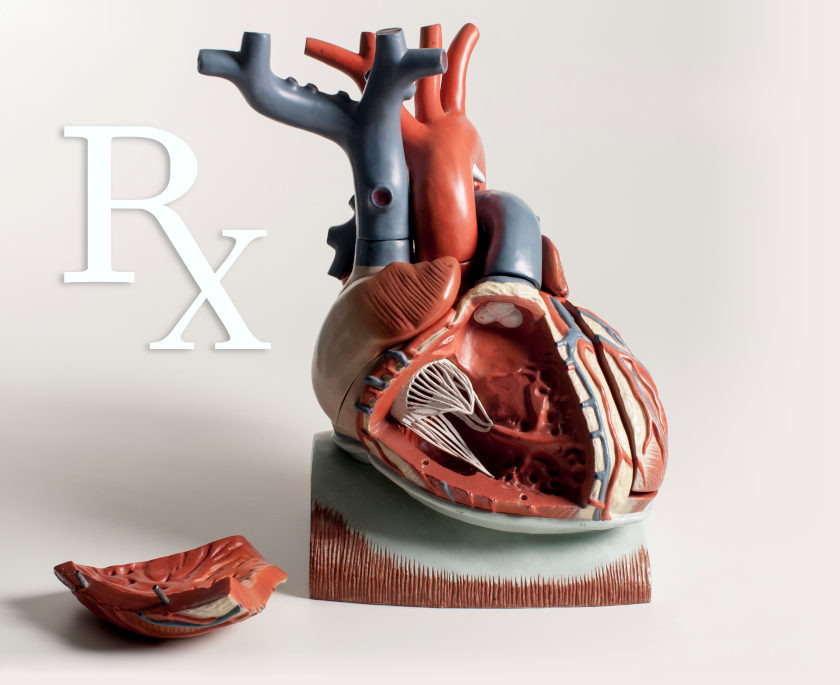Late Sodium Current Blocker (Ranolazine)
Mechanism of Action
Ranolazine represents a new class of antianginal drugs. Although the antianginal mechanism is not well understood, ranolazine clearly blocks late inward sodium currents occurring during phase 2 of ventricular action potentials. This mechanism is now included in the Vaughan-Williams classification as a Class ID sodium-channel blocker. In the ischemic myocardium, late inward sodium currents contribute to an elevation in intracellular sodium, which leads to an increase in intracellular calcium through the sodium-calcium exchanger. Calcium overload in ischemic cells leads to impaired relaxation, which increases ventricular diastolic wall stress and end-diastolic pressure. This causes mechanical compression of the microcirculation within the wall of the ventricle, which impairs coronary blood flow during diastole and therefore worsens ischemia, particularly in the subendocardial regions. By blocking late inward sodium currents, calcium overload and diastolic wall stress are reduced, leading to improved coronary blood flow. Additionally, ranolazine prolongs the QT-interval (action potential duration) by inhibiting outward potassium (delayed rectifying) currents (Kr currents) during phase 3 of the cardiac action potential. It is possible that other mechanisms may contribute to the antianginal effects of ranolazine. Unlike other antianginal drugs, such as beta-blockers and calcium-channel blockers, ranolazine has no clinically significant effect on heart rate or arterial pressure.
Therapeutic Indication and Administration
Ranolazine is approved by the FDA as a treatment for chronic angina. It is available as an extended-release oral compound and is dosed twice daily. Ranolazine may be used along with other antianginal drugs such as nitrates, beta-blockers and calcium-channel blockers.
Because ranolazine increases the action potential duration and effective refractory period, it has been shown to be effective (off-label) in the treatment of premature ventricular complexes.
Side Effects and Contraindications
Because ranolazine prolongs the QT-interval, it is contraindicated in patients with preexisting prolonged QT-intervals because this can lead to torsade de pointes and ventricular tachyarrhythmia. Constipation, nausea, dizziness, and headaches are among the more common side effects. More information on ranolazine can be found here.
Revised 11/30/2023

 Cardiovascular Physiology Concepts, 3rd edition textbook, Published by Wolters Kluwer (2021)
Cardiovascular Physiology Concepts, 3rd edition textbook, Published by Wolters Kluwer (2021) Normal and Abnormal Blood Pressure, published by Richard E. Klabunde (2013)
Normal and Abnormal Blood Pressure, published by Richard E. Klabunde (2013)